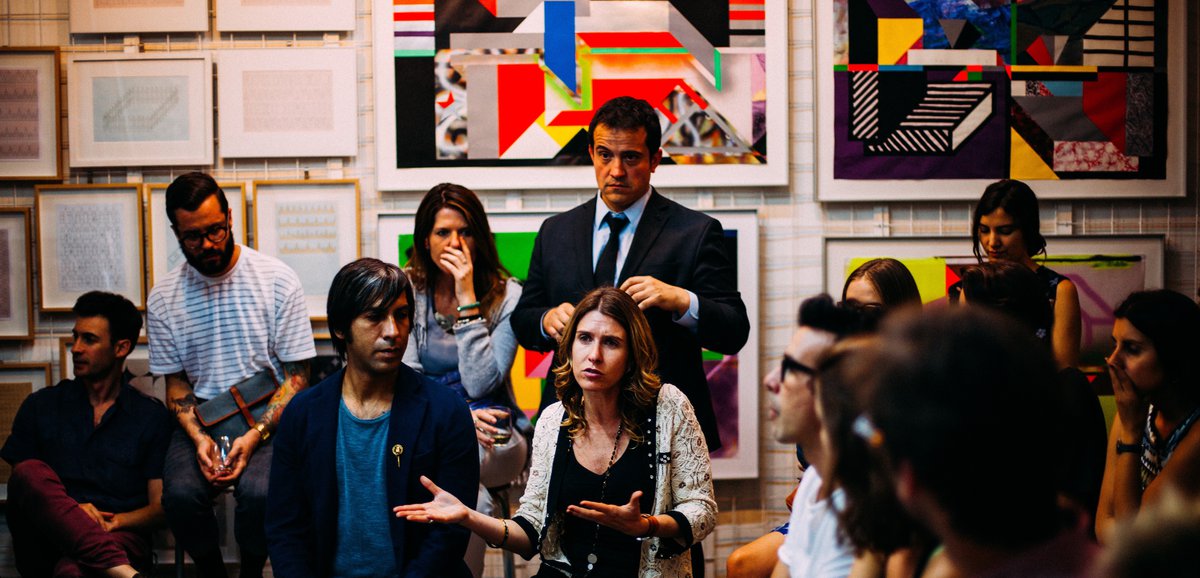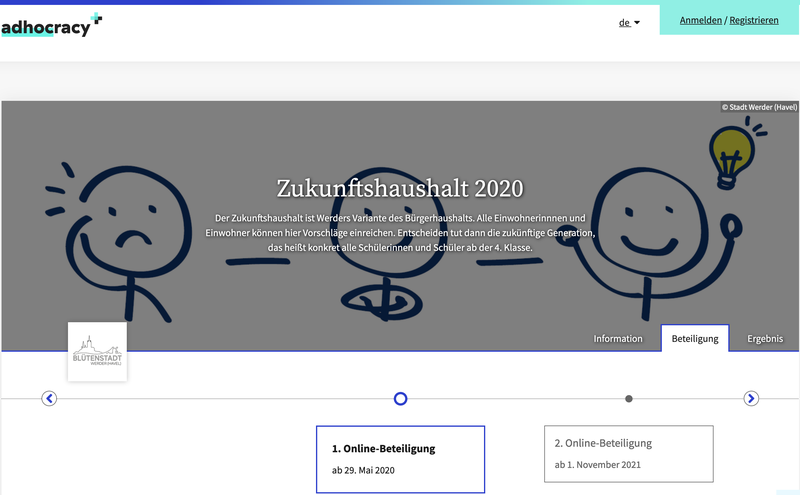Create a participatory budget

What's the use of participatory budgeting?
Participatory budgeting meets two important trends that our democracy is currently facing: Citizens who want to be more involved and empty municipal funds. Many municipal expenditures are mandatory and not open to discussion. However, there is room for manoeuvre when it comes to voluntary benefits: will the youth club be renovated or the open-air swimming pool? Will the equipment on the playground be replaced? What should money be spent on and where should savings be made?
It can make sense to combine participatory budgeting with a citizens' council. Citizens (approx. 60-100) are selected at random, the proposals for a participatory budget are worked out and addressed to the politicians, e.g. in the form of a report on the party programme. Politicians are not necessarily competent in every field. Suggestions from citizens can help to remedy this situation.
With participatory budgeting, it is a question of jointly considering for which regional measures the public funds should be spent. The best way to do this is with adhocracy+. Citizens can submit proposals for projects or savings. At the end of the day, the politicians decide on the proposals submitted within the framework of budget planning. District funds function in a similar way. Here a fixed budget is available for the citizens to decide on.
In order for many people to participate, the submission of ideas must be uncomplicated and the procedure transparent. adhocracy+ offers you the digital space to achieve this. Submitted contributions can be viewed and discussed publicly. You can also vote on all/selected contributions. This is how citizens enter into dialogue with each other.
Process
The process for participatory budgeting is strongly dependent on the structures and workflows of administration and politics. The following four phases serve as orientation:
- Preparation phase: If the key points for the process are clear, it takes 1 to 2 hours to set up online participation.
- Participation phase: This phase for submitting, commenting on and evaluating proposals can take place continuously with deadlines for the respective financial year or over several months.
- Evaluation phase: The evaluation and examination of the submitted ideas takes place parallel to the participation by the administration or a responsible committee.
- Decision: Budget debate and budget resolution are carried out by parliament.
Modules used by adhocracy+
Participatory Budgeting
Participants can submit their own suggestions, mark them on a map, and add a budget. The ideas of others can be discussed and rated (pro/contra).
Estimated effort
It takes about 1 to 2 hours to set up the participatory budget on adhocracy+. In addition, you have to plan time to review the ideas, forward them to the responsible offices and committees and give feedback to the citizens. Depending on the number of contributions submitted, this effort will amount to approx. 1-3 hours per week.
Future Budget 2020 in Werder(Havel)

The "Zukunftshaushalt" (Future Budget) is a special form of participatory budgeting in the city of Werder(Havel). Ideas for the use of 200.000€ are collected from the population. In the end, pupils from the 4th grade up decide on the best ideas.
Future Budget 2022 in Werder(Havel)

Again in 2022 the city of Werder(Havel) set up the participation for the future budget. Ideas were collected from the population for the use of 200.000 €. In the end, the pupils from the 4th grade and older decided on the best ideas by voting.
